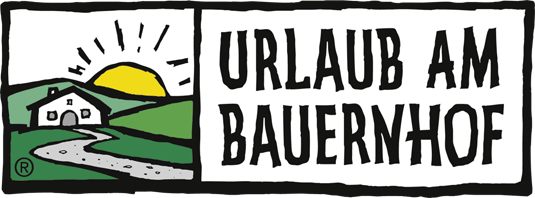Customs and traditions
The Austrians are a people who lovingly cultivate their customs all year round. The start is made by the Glöcklerlauf, when the so-called Schön-Perchten, the good spirits of light, move through the area from the last Raunacht on January 5th to drive away the evil spirits of winter. The costume that men wear in this custom varies from region to region. In the Salzkammergut, where the Perchten are called Glöckler, strikingly large, tapered and artistically crafted hats that are illuminated from the inside adorn the head and a heavy bell strap adorns the white robe.
Another traditional festival is "Liebstattsonntag", which is celebrated on the fourth Sunday of Lent and which was introduced in the 17th century by the Corpus Christi brotherhood in Gmunden. With this "Liebstatt", in the sense of "confirming love", a sign of humanity towards those in need should be set, whom one invited to dinner. Today, gingerbread hearts are given to each other, although this custom is particularly widespread in Bad Goisern and Ebernsee, but also in some other Upper Austrian regions.
The Austrians celebrate Corpus Christi in an extremely pompous and solemn manner. The famous water processions in Hallstatt and on the Traunsee are particularly worth seeing, when festively decorated boats row the clergy out onto the lake, in the middle of which the blessing of the Hallberg takes place. The ceremony is accompanied by music and carillon.
The people of the Salzkammergut are proud to keep their old shooting tradition alive. In the middle of October each year, when a shooting year ends, an opulent festival with regional delicacies takes place, whereby the SHEEP SALAMi from FISCHERGUT cannot be missed.
Customs also include wearing traditional costumes. Typical of the dirndl in the Salzkammergut is the color green in combination with pink, red and purple, while the men slip into dark lederhosen with predominantly green socks and loden jackets.
The bottom line is: whether hearty Gstanzl music, whether dance dance, accompanied by Paschen, the rhythmic clapping in dialogue, or the colorful spectacle of the cattle drive - the happy and warm people in Austria and especially in the Salzkammergut understand life in its originality and To design and enjoy diversity.
Customs and traditions in the Salzkammergut.
The Salzkammergut is not only an extremely scenic region, but also rich in old and young customs and traditions. In the entire region, great importance is still attached to keeping customs alive. In this way, customs are effectively saved from extinction and valuable intangible cultural heritage is preserved.
As in other regions, the customs of the Salzkammergut are based on the course of the year, which has always determined the fate of the rural, farming population. As such, they are an invaluable cultural asset that bridges the gap between the past and the present. The Salzkammergut in particular is known for lovingly cultivating its diverse customs. The people here are proud to have such a rich intangible cultural heritage and are aware of their responsibility to it. The preservation of this cultural treasure not only benefits the local population, but also gives visitors an impressive picture of the local culture.
try
Local traditional costumes are an integral part of lived customs in the Salzkammergut. Emperor Franz Joseph I contributed not least to the great popularity of the costume. Since he enthusiastically wore leather, loden skirt and a Styrian hat with a Gamsbart on his holidays in Bad Ischl, the high society began to do the same. The ladies wrapped themselves in the Salzkammergut dirndl. This is especially gorgeous with green, pink, red and purple. A black silk apron should not be missing. The neckline is round in all variants except for the Anna Plochl costume. Today this is considered a festive costume.
Culinary
Customs are not only closely linked to certain foods and drinks in the Salzkammergut. Whether at Mardi Gras, Lent, Easter, Advent or Christmas, almost every time has its own culinary delicacies, which should definitely not be missing.
In addition to various types of cheese, sheep salami is a particular culinary specialty of the Salzkammergut. This, as well as other organic sheep delicacies, can be obtained from www.schafsalami.com. This salami is made for connoisseurs on the Fischergut, an organic farm with a long tradition. This is located in the tranquil village of Radau, which lies in the middle of the Wolfgangthal between St. Wolfgang and Bad Ischl. There you can not only buy delicious salami from organic sheep, but also spend a high-class farm holiday in a cozy atmosphere.












